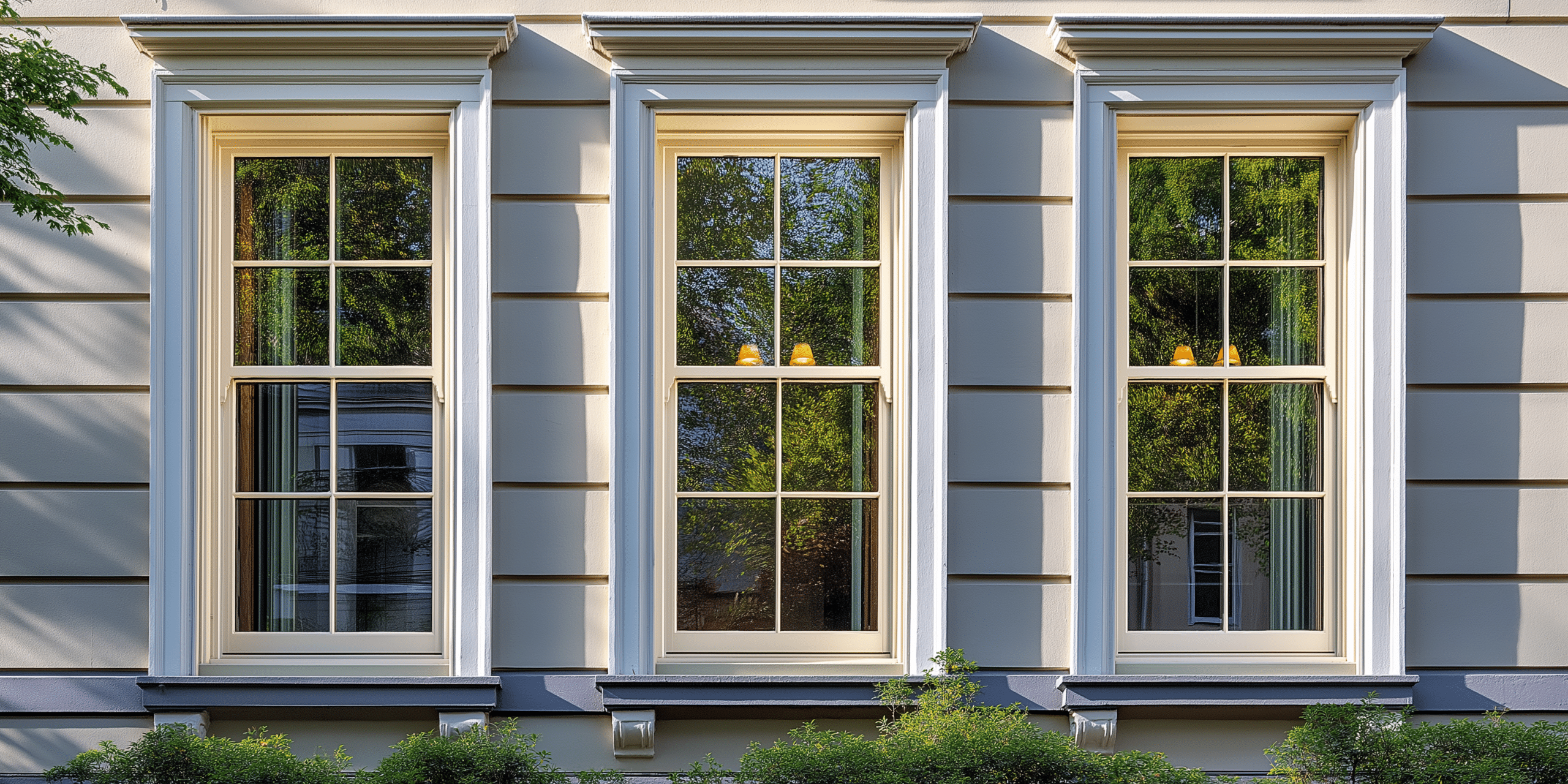What Are Sash Window Tilt Latches?

Sash window tilt latches are essential hardware components installed in sash windows, particularly double-hung sash windows. They allow the windows to tilt inward for easy access and cleaning. These latches are typically positioned on the upper sides of the sash frame and engage with the window frame to hold the window in place when tilted.
Aside from making cleaning simpler, tilt latches improve safety and accessibility by preventing the window from accidentally falling shut during maintenance. A commonly recommended model for modern homes, such as the spring-loaded latches, offers easy installation and durability in areas with frequent window usage, particularly in climates prone to strong winds.
Material Considerations
Tilt latches come in various materials, such as plastic, uPVC, aluminium, and stainless steel, each offering different benefits. While plastic options are generally lightweight and more affordable, they may not provide the same long-term durability as metal or stainless steel latches, especially in high-traffic areas or harsh climates.
Aluminium tilt latches offer excellent corrosion resistance and are ideal for homes in humid or coastal environments. Ultimately, the material choice should align with your specific needs, balancing cost, durability, and weather resistance.
How Does Sash Window Tilt Latch Work?
Sash window tilt latches work by engaging a spring-loaded mechanism that allows the sash to tilt inward without fully disengaging from the frame. The spring action locks the sash securely in place when tilted, preventing it from shifting or closing unexpectedly. This feature is particularly beneficial for homes with double-hung sash windows, where both the upper and lower sashes can tilt for enhanced accessibility.
Improving Safety and Ease of Use
Tilt latches are a simple but effective solution for enhancing window safety and convenience. While tilt latches aren’t primarily designed for security, they do prevent accidental window slippage, which can be particularly important for upper-floor windows. In some cases, you can opt for reinforced metal tilt latches that offer added security, especially if your windows are in areas prone to strong winds or high usage.
What Are the Best Materials for Sash Window Tilt Latches?
When choosing the best material for sash window tilt latches, consider durability, climate suitability, and ease of installation. Stainless steel is often recommended for its corrosion-resistant properties, making it ideal for homes in humid or coastal areas where metal components are susceptible to rust.
Climate and Material Choice
- uPVC latches are particularly well-suited to homes in regions with fluctuating temperatures, as they are thermally stable and require minimal maintenance.
- Aluminium tilt latches, known for their lightweight and corrosion resistance, are an excellent choice for properties near the coast.
- Stainless steel latches are highly recommended in areas with high moisture content due to their longevity and rust-proofing capabilities.
How to Install Sash Window Tilt Latches: A Step-by-Step Guide

Installing sash window tilt latches is straightforward and can be done with a few basic tools. You can usually complete the installation yourself, saving on professional installation costs.
Step-by-Step Instructions
- Measure the window sash to purchase the correct size tilt latch for your window model.
- Remove the old latch using a flat-head screwdriver. If screws are stuck, apply a small amount of lubricant or use a rubber mallet to loosen them.
- Install the new tilt latch by aligning it with the pre-drilled holes in the sash frame and fastening it with screws.
- Test the latch several times by opening and closing the window to ensure smooth operation.
Are Tilt Latches Necessary for Window Safety?
Tilt latches significantly enhance the safety and functionality of sash windows. While not every window requires tilt latches, they are highly recommended for double-hung windows or windows installed on upper floors, where accessing the outside for cleaning can be risky.
Safety Benefits
- It prevents window slippage, locks the window sash in place, and prevents accidental falls or closures.
- Improves child and pet safety by securing the window when tilted.
- Reduces strain on the window frame, prolonging the life of the window.
Common Issues With Tilt Latches and How to Fix Them
Tilt latches are generally reliable, but they can experience issues over time, such as misalignment, stiffness, and spring failure. Misalignment can often be fixed by unscrewing and repositioning the latch, while a sticking latch may need lubrication with silicone spray.
Troubleshooting Common Problems
- Misalignment: If the latch doesn’t engage properly, reposition and re-secure it.
- Sticking latch: Lubricate the mechanism to resolve stiffness.
- Broken spring: Replace the entire latch if the spring loses tension or breaks.
Conclusion

Sash window tilt latches play an important role in modernising traditional windows and enhancing their safety, functionality, and convenience. By understanding how they work, choosing the right material, and ensuring proper maintenance, homeowners can enjoy the benefits of these essential components for years to come. Whether you’re upgrading your existing windows or installing new ones, tilt latches are a practical addition that improves both the performance and longevity of sash windows.




